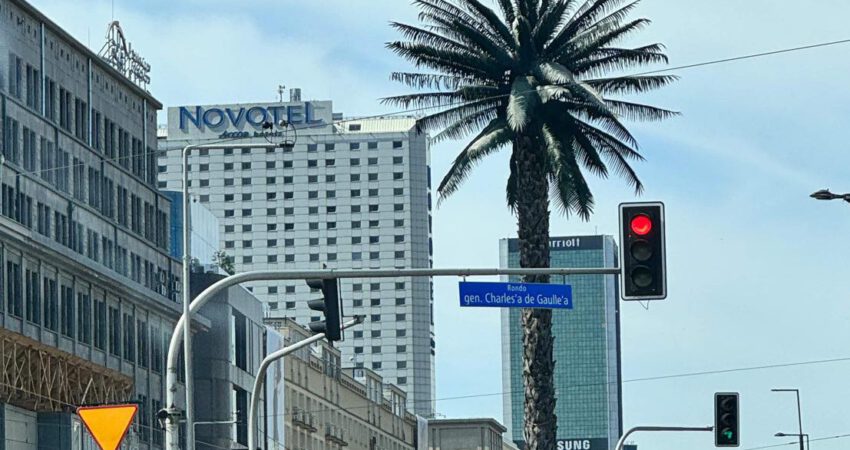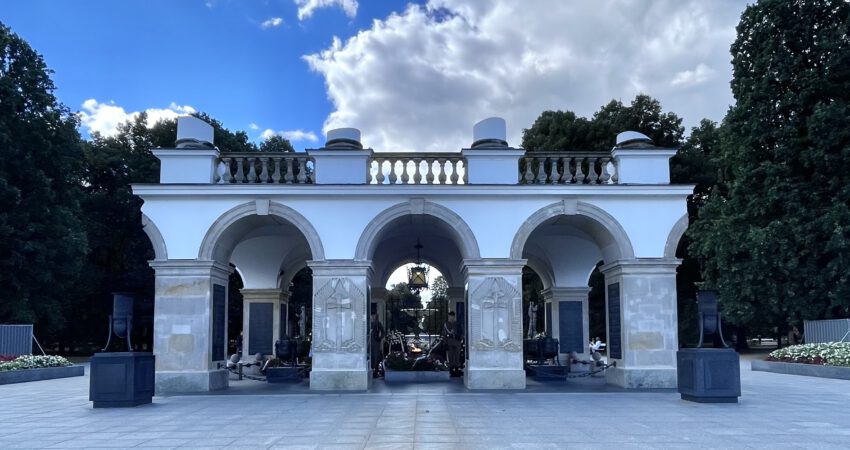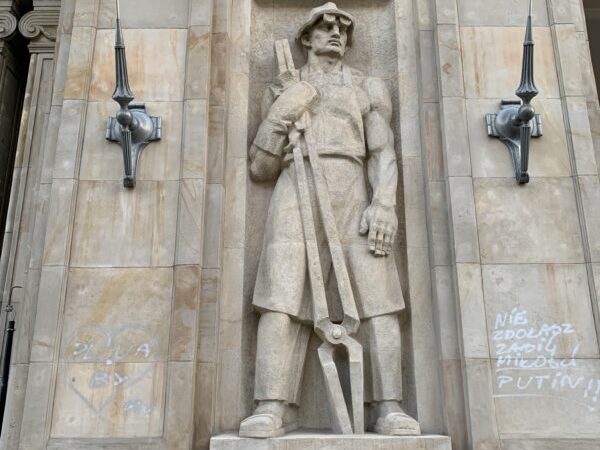Beata Bruggeman-Sekowska photo: ©City of Warsaw When visiting one of the most prominent locations of the capital of Poland, Warsaw, called Nowy Swiat you cannot miss the roundabout with a palm tree. It is called General Charles de Gaulle roundabout and nearby there is his statue. Why is the presence of General Charles […]
By Beata Bruggeman-Sekowska On November 11, 1918, Józef Piłsudski (Poland’s Chief of State) took over the authority over the Polish army from the Regency Council (in Polish: Rada Regencyjna or Rada Regencyjna Królestwa Polskiego. It was a semi-independent and temporarily appointed highest authority, head of state, in partitioned Poland during World War I). He […]
By Beata Bruggeman-Sekowska When you are in the capital city of Poland Warsaw you definitely cannot miss Marszałkowska Residential District (MDM) and the Constitution Square, which will bring you back in the communist times. When the construction of the Warsaw W-Z route was successfully completed in 1949, the communist authorities intended to create a flagship […]




Follow Us!